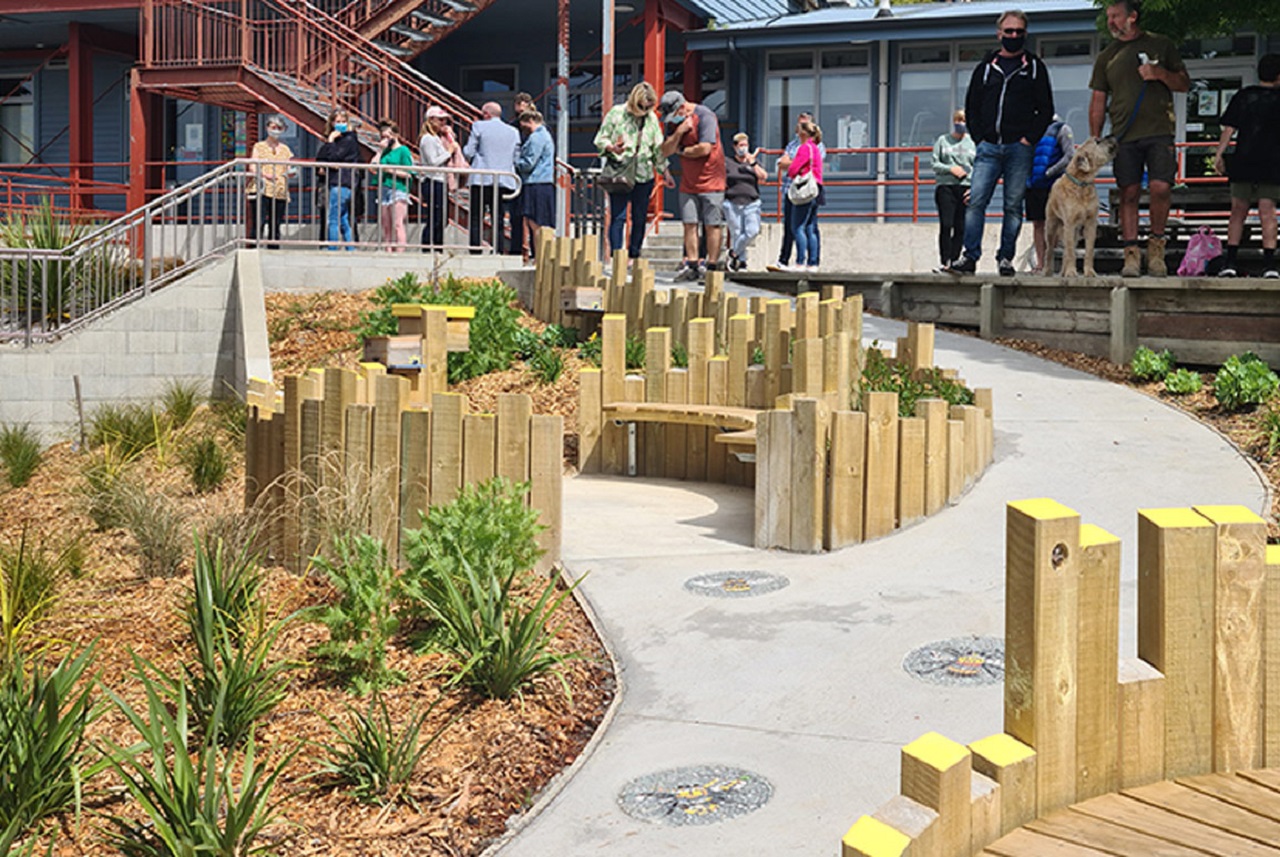In the realm of educational spaces, the impact of thoughtful landscape design extends beyond aesthetics, influencing the overall learning experience. This exploration delves into the significance of educational landscape design, defining its key elements, and highlighting the transformative effects it can have on the learning environment.
The intentional design of outdoor spaces in educational institutions plays a pivotal role in creating a holistic learning atmosphere. It goes beyond the traditional classroom setting, offering a dynamic extension where students can connect with nature, engage in hands-on learning, and foster a sense of curiosity and exploration. The integration of educational landscape design is an acknowledgment that the environment plays a crucial role in shaping minds and molding educational experiences.
Crafting Learning Environments: The Role of Educational Landscape Design
Educational landscape design is not merely about aesthetics; it’s a strategic approach to shaping environments that inspire learning, foster creativity, and facilitate holistic development.
Creating Engaging Outdoor Classrooms
Outdoor classrooms, integral to educational landscape design, offer dynamic spaces for learning beyond traditional indoor settings. Thoughtful integration of seating, shade, and interactive elements transforms these areas into hubs of creativity and collaboration.
Promoting Sustainable Practices
Sustainability is a core consideration in educational landscape design. Implementing eco-friendly features such as rain gardens, recycled materials, and energy-efficient lighting not only fosters environmental consciousness but also serves as a tangible educational tool for students.
Facilitating Active Learning Spaces
Educational landscapes go beyond passive aesthetics; they serve as active learning spaces. Incorporating features like interactive installations, sensory gardens, and outdoor labs engages students in hands-on, experiential learning, enhancing their understanding of various subjects.
Key Considerations in Educational Landscape Design
Effective educational landscape design is a result of careful considerations that go beyond visual appeal, encompassing functionality, sustainability, and alignment with educational goals.
Integration with Curriculum
The synergy between landscape design and the curriculum is pivotal. Outdoor spaces should be aligned with educational objectives, seamlessly integrating with lesson plans and providing opportunities for experiential learning.
Safety and Accessibility
Safety is paramount in educational landscapes. Thoughtful design considers aspects such as accessible pathways, secure play areas, and visibility, ensuring a secure environment for students and staff.
Multifunctional Design for Diverse Needs
Diversity in educational needs requires a landscape that can adapt. Designing multifunctional spaces accommodates various activities, from outdoor classes to relaxation areas, providing versatility in the use of the educational landscape.
Transformative Effects of Educational Landscape Design
The influence of well-designed educational landscapes extends beyond the visual appeal, shaping the mindset of learners and creating an environment conducive to growth.
Enhancing Well-being and Focus
Strategic landscaping contributes to the overall well-being of students. Green spaces, natural elements, and well-designed layouts have been linked to improved focus, reduced stress levels, and enhanced mental clarity.
Fostering a Sense of Community
Educational landscapes serve as communal hubs, fostering connections among students and educators. Well-planned gathering spaces, seating arrangements, and collaborative zones contribute to a sense of community within educational institutions.
Concluding Remarks
In conclusion, educational landscape design is a multifaceted tool that goes beyond the visual appeal of outdoor spaces. By prioritizing engagement, sustainability, and alignment with educational goals, these landscapes become integral components in shaping positive learning environments. From outdoor classrooms to sustainable practices, the transformative effects of educational landscape design contribute to the holistic development of students, fostering a love for learning that extends beyond traditional classrooms.
